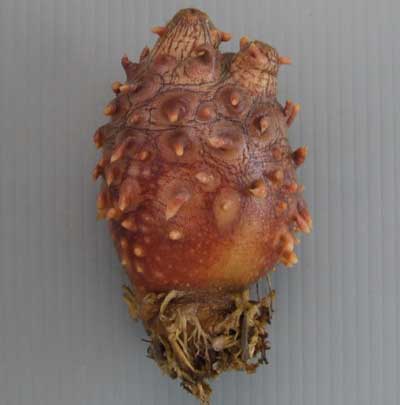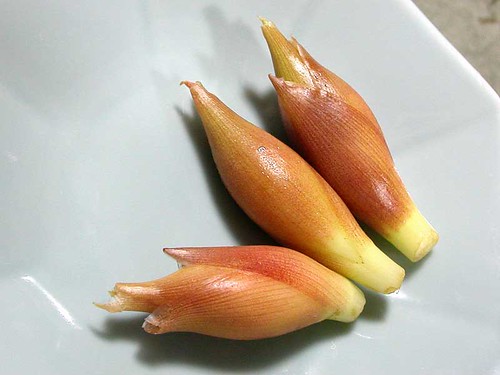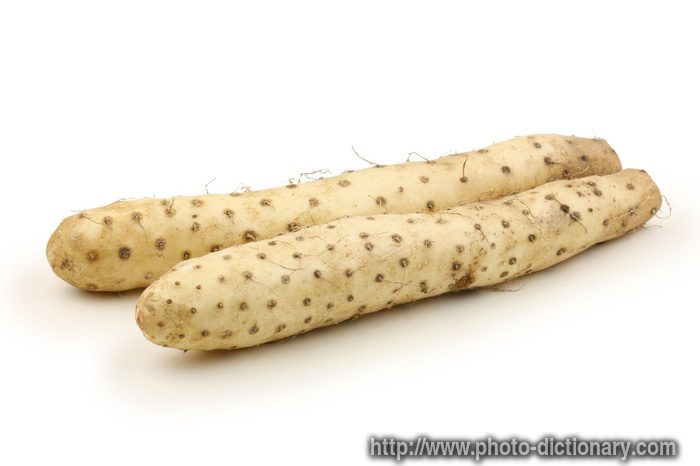One of the best things about traveling is the ability to eat different types of food. For the gourmands, this means you can gorge yourself of unfamiliar, but equally delicious, types of local fare. For those who like to live on the wild side, this means you can try the strange delicacies a new land has to offer. For those who like to cook for themselves, this means you can experiment with the flavors and textures of local ingredients. As a self-proclaimed wild gourmand who likes to cook, traveling is awesome.
Let's start with gorging yourself. Since I've come to Japan, I've gone to various restaurants to eat ramen, sushi, Indian food, burgers, and all kinds of different stuff. One of the specialties of Aomori is the miso curry butter milk ramen. As the name suggests, it's a creamy, oily, and salty version of your typical ramen with an interesting curry kick. I wish I had taken a picture myself, but I honestly spend much more time eating and much less time photographing my food, so here is a photo I stole from a friend:
That's great and all, but I think my favorite thing to eat here is at a restaurant called Tai En, which is a Thai Restaurant (note that all foreign food restaurants will be "Japanified" and not quite authentic). It's only a 3 minute walk from my apartment, which will be awesome in winter, and they offer a lunch special of Shinan soba (essentially ramen) and a half portion of red (pork and bamboo shoot) or green (pork and mushroom) curry. It's probably the cheapest lunch for its size (at 700 yen), and I always leave stuffed to the brim. Oh, and did I mention it's delicious? I don't know how they make the soup for the ramen, but it's way tastier than any Japanese ramen I've had so far. Also, the curry is really spicy in my opinion (which is saying a lot, since the Japanese "very hot" is usually somewhere around "mild-medium" in the States, China, or Korea), so don't touch the stuff before you're done with your ramen or your mouth will be on FIRE. Anyways, here's what it looks like:
Now to the weirder stuff. Firstly, I'm sure you all know about sushi and the fact that Japan likes to eat their fish raw. You've probably also had some sushi or sashimi in your life, but it was probably pretty expensive. Sushi can be pretty expensive here too (another ALT has eaten a $400 sushi meal at a famous shop in Tokyo, owned by the guy in the documentary "Jiro Dreams of Sushi") but since I live in a large fishing area, the stuff is usually easy to find for pretty cheap. There are Kaiten sushi places everywhere (the conveyor belt sushi), and they range in price depending on the quality. One of my favorite places to get raw fish is at a market in the downtown area called the 魚菜センター gyosai center. You can get something called Nokkedon, where you buy a ticket book worth 500 or 1000 yen, and then wander through the fish market spending tickets on stuff to put in your bowl.
There are lots of choices in raw fish and shellfish, but if you're not a fan of raw meat, there are lots of cooked dishes, vegetables and pickles, and even barbecued beef! Anyways, you can get a lot of raw fish for a good price if you don't get anything extravagant. Here's what my bowl looked like when I was finished using all my tickets:
All the fish was really fresh and amazingly tasty. The shark was especially delicious, but the whale was a bit tough and had a strange flavor (like something between beef and fish). I don't think I'll be getting that again, but that's all the better for the over-hunted whales anyways.
For more weird stuff, there's always the infamous natto. If you didn't know, natto is a fermented soybean dish that has a very gooey and sticky consistency and a pungent smell and taste. It's very hard to describe in words, so I suggest you just try it for yourself someday. I tried natto for the first time at a ramen shop in San Diego, and I was under the impression that you were supposed to eat it by itself. It tasted pretty awful, and it was overall a bad experience. What I found out when I got here was that natto is usually eaten with sauce mixed in, like soy sauce, vinegar, sesame oil, mustard, or other things. Natto packs usually come with a pre-made sauce packet (called "tare") and some mustard ("karashi") for you to just dump in. Everyone puts different stuff in it to suit their preference, and very few people actually eat natto by itself. The first few times I ate natto in Japan, the sauce didn't do much to help the taste. After a few months of avoiding it, I finally decided to try it again because it's healthy and cheap. To my surprise, I actually started liking it, and now I have it almost every morning. My favorite things to put in it are minced scallions, soy sauce, and a little bit of sugar (along with the tare packet). The only annoying thing about it is the texture; it makes all your saliva gooey and sticky, and it's hard to eat it without getting the stringy goo all over the edge of your bowl and your face. Here's me enjoying some of the breakfast of champions:
Finally, let's talk about the local ingredients around here. Here's the lowdown on meat: pork and chicken are about the same as their American counterparts, but possibly a little more expensive. You can't quite find the variety of American supermarkets (for example, I can't buy a whole chicken, a rack of ribs, or a whole pork loin). Beef is MUCH more expensive, so don't expect to be eating lots of the stuff. Even though beef is expensive, dairy products are still comparable in price to their American counterparts. I guess they'd just rather milk their cows instead of slaughtering them. Now to the good part: fish is much cheaper than in the States, and there's a ton of variety. The seafood section in the supermarket is probably as large if not larger than the section for the rest of the meat. You can find whole fish, fillets and steaks, fish eggs (from all kinds of fish), mollusks (like clams and Aomori's regional specialty, scallops), crustaceans (like shrimp, prawns, and crab), cephalopods (squid and octopus), eel, weird stuff like sea cucumber and sea pineapple, and of course sashimi. Not only is it cheaper and easier to get, it tastes SO much better than what I'm used to. I had no idea salmon could have this amount of flavor!
 |
| Sea Pineapple, whatever the hell it is (Spongebob's house?). |
There's a lot of produce I'm not used to using, like Japanese ginger, sesame leaves, burdock root, or nagaimo (I have no idea how to translate this), but I've been slowly trying to incorporate them into my cooking. Here's what they look like:
 |
| Japanese ginger: myouga |
Sesame leaf: aojiso
|
 |
| nagaimo |
Well, that's enough about food for now! I successfully made myself extremely hungry while typing this, so I'm going to go have a bite to eat. See you all next time for a new and exciting post!





You must get sloppy when you're hungry. You made sooo many typos (for example, you've been eating a lot of porn lately. shame on you). plus you have an extra sea pineapple thrown in there. yes i'm channelling the nazi right now.
ReplyDeletei can't wait to go and try food there now. you have to take us for the miso curry butter milk ramen! and i want to try your kimchi. i can pass on the natto. isn't nagaimo just like our chinese white radish? i thought you were mostly eating school lunches, when do you have time for lunch specials?
Hahaha thanks for letting me know. The porn one killed me with laughter. And no, nagaimo is really weird because it excretes this gooey substance when you cut it... kinda like the goo around natto. I eat school lunches at school, but I don't have school every day. Also, I had about 4 weeks of no school when I first got here, so I had many chances to eat near my office for lunch.
ReplyDelete"while porn loin". missed a spot
ReplyDeletewow, there's porn everywhere! Just the way the internet should be...
ReplyDeleteand in Japan too, apparently
ReplyDelete